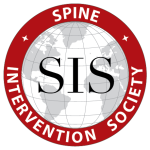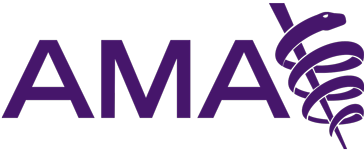The goals of degenerative disc disease treatment are primarily to reduce baseline pain and prevent pain flare-ups as much as possible. Most cases of degenerative disc pain are manageable through a combination of pain management methods, exercise/physical therapy, and lifestyle modifications. A key focus of pain management is to improve mobility and reduce pain so daily activities and rehabilitative exercise are more tolerable. Pain from a degenerated disc is usually attributed to instability, muscle tension, and inflammation, so these causes should be addressed.
- Heat therapy. Using heat from a heating pad, adhesive wrap, warm bath or other heat sources can relax the surrounding muscles and reduce tension and spasms, a significant contributor to degenerative disc pain.
- Pain medications. Over-the-counter pain medications fall into two main categories— pain relievers, such as acetaminophen (Tylenol), and anti-inflammatory medicines such as ibuprofen (Advil), aspirin (Bayer), and naproxen (Aleve). These medications are typically recommended for low-level chronic pain and mild pain episodes. For severe pain episodes, prescription painkillers such as muscle relaxants and narcotic painkillers may be recommended. Prescription pain medications are usually prescribed for short-term pain, as they can be highly addictive.
- Epidural Steroid Injections. Asteroid injected around the spine’s protective outer layer can provide temporary pain relief, which helps to improve mobility. Injection treatments may be recommended prior to a physical therapy program, so exercises can be effectively completed with minimal pain.
Due to the long-term nature of degenerative disc disease, preferred pain management methods may change over time.




